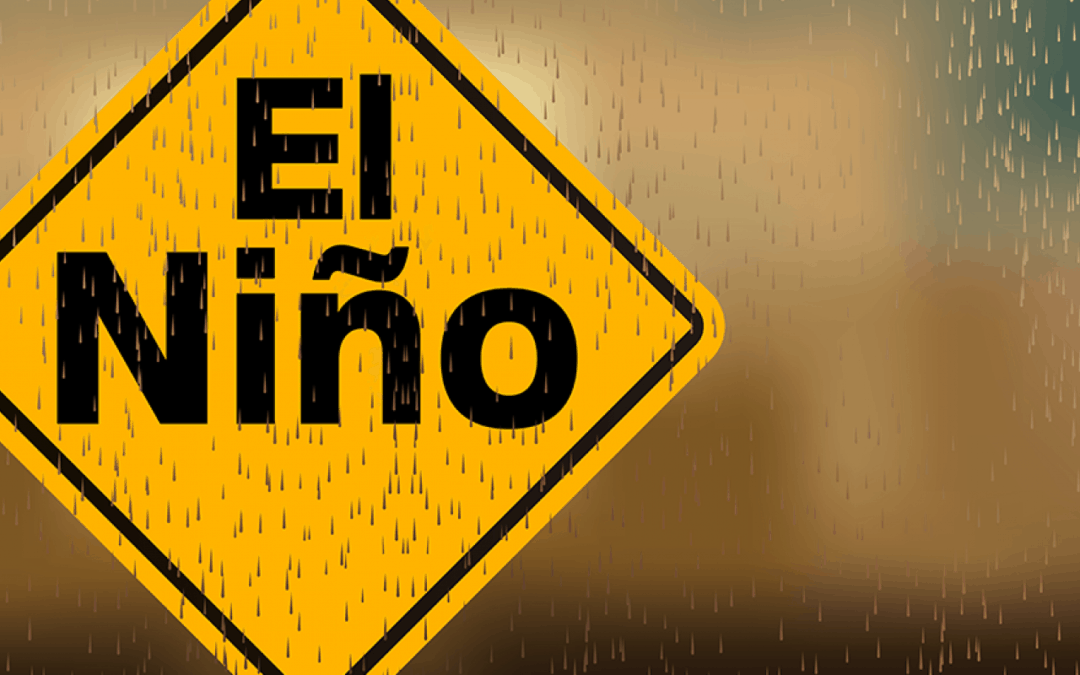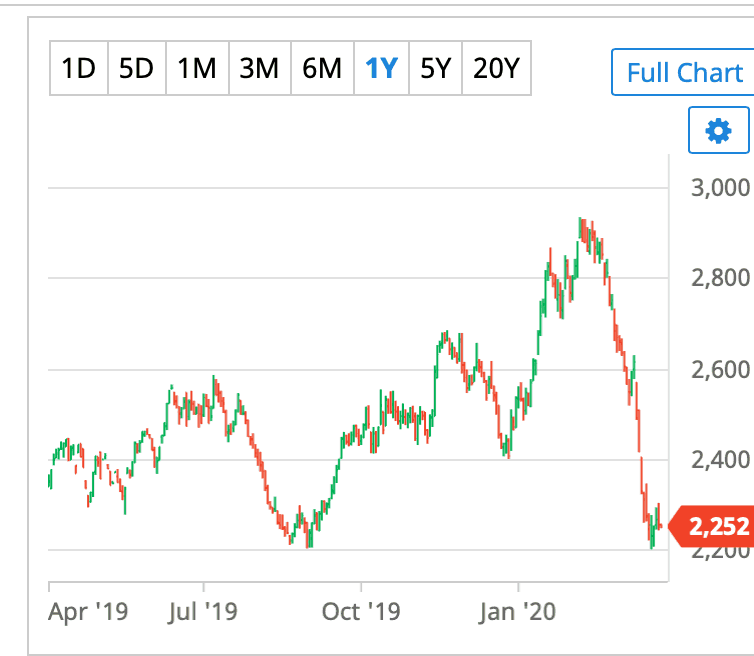
Back in December, I alerted clients to a strong west African Harmattan wind. It had the potential to cause quite a bit of damage to the mid-season cocoa crop in Nigeria and Ghana. I’ll get to El Nino, below.

CV and demand destruction not culprits.
Temperatures were above normal and rainfall below normal since December. However, over the last 2 weeks, that situation has changed. Coronavirus and demand destruction aside, The images depict greater than normal rainfall. Despite coronovirus and demand destruction, this has contributed to the recent slide in cocoa prices.
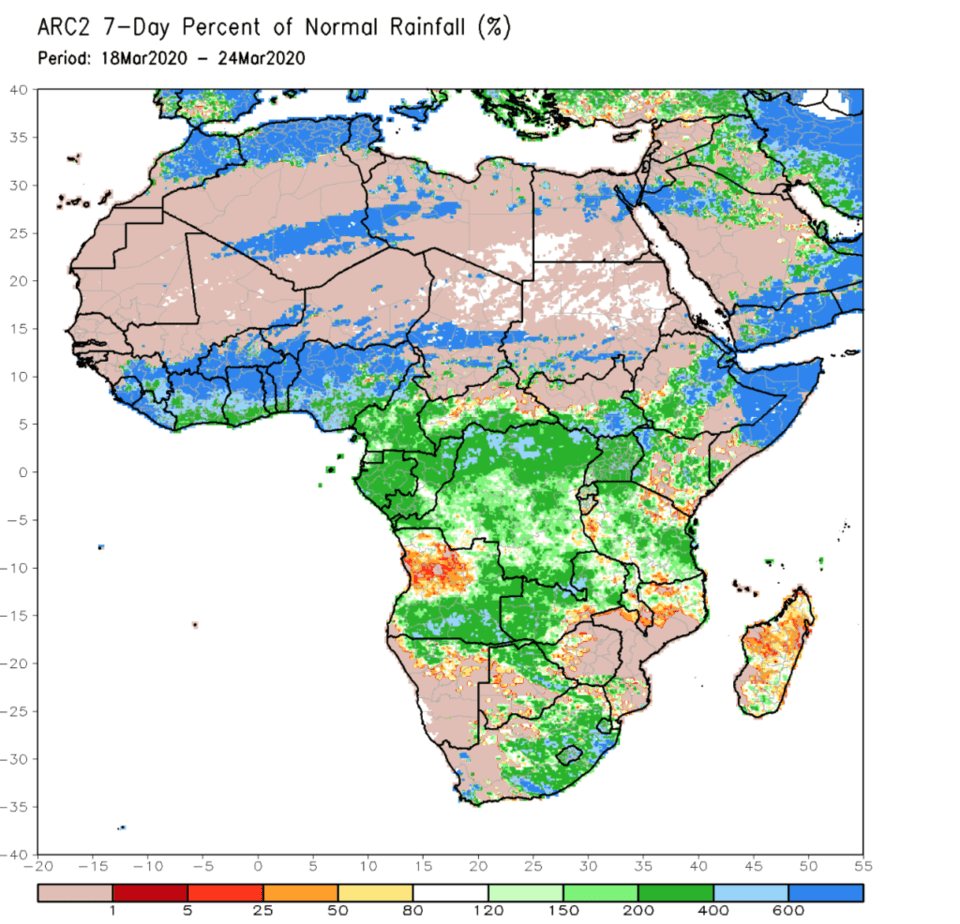
Most computer models suggest La Nina conditions by this fall or winter. This will have major impacts on global commodities. El Nino type conditions in the spring can improve, not devastate, the west African cocoa crop. This is contrary to what you might here from other meteorologists who cover these markets. One can see the above normal rainfall in west Africa recently. Eastern areas of Africa have been suffering from flooding and a Locust outbreak.
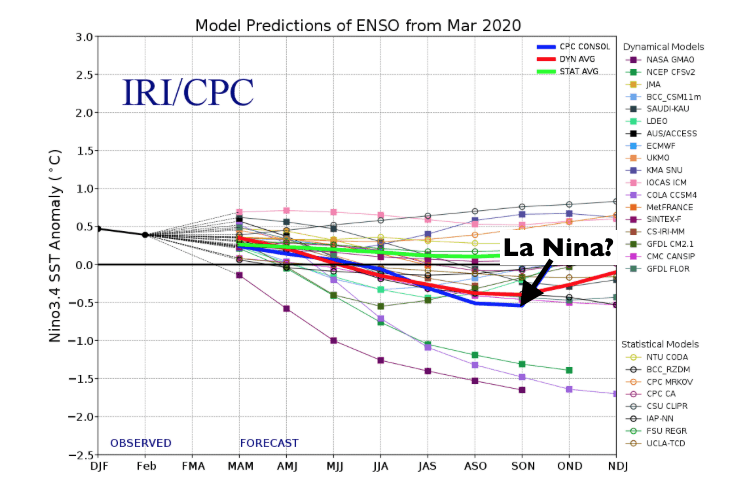
The dark blue line in the above chart projects all computer models for a possible La Nina by autumn. However, I have my doubts right now if this will happen.
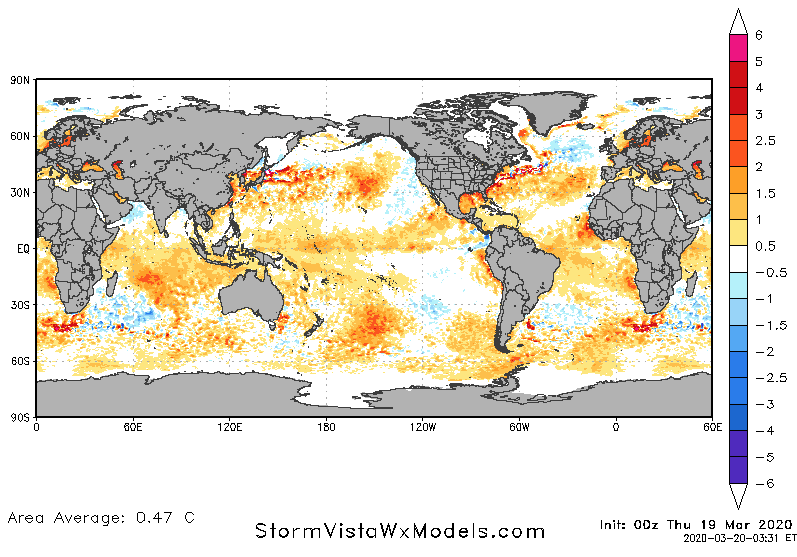
Notice all the warm waters west of the Dateline and to the east of Australia. This is one signal that El Nino conditions are still present. This phenomenon brought hot-dusty winds to west Africa last winter. It is actually a saving grace for much of west Africa’s cocoa crop this spring.
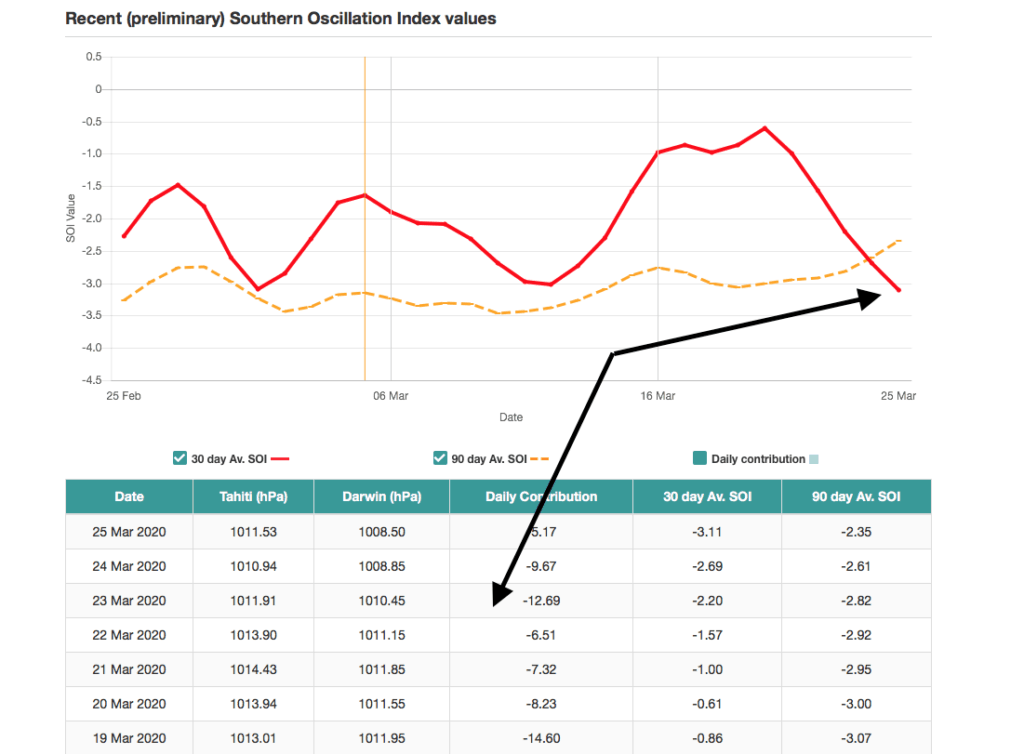
The SOI index, also a measure of La Nina or El Nino conditions, is negative again. This, too, strengthens the argument that occasional El Nino conditions still exist.
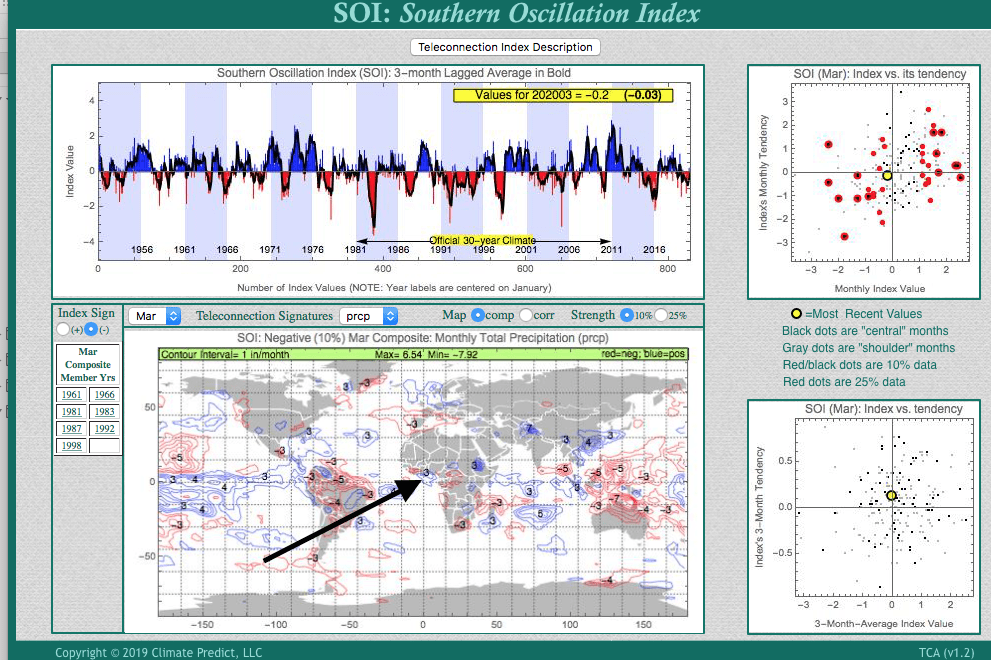
Jim Roemer

